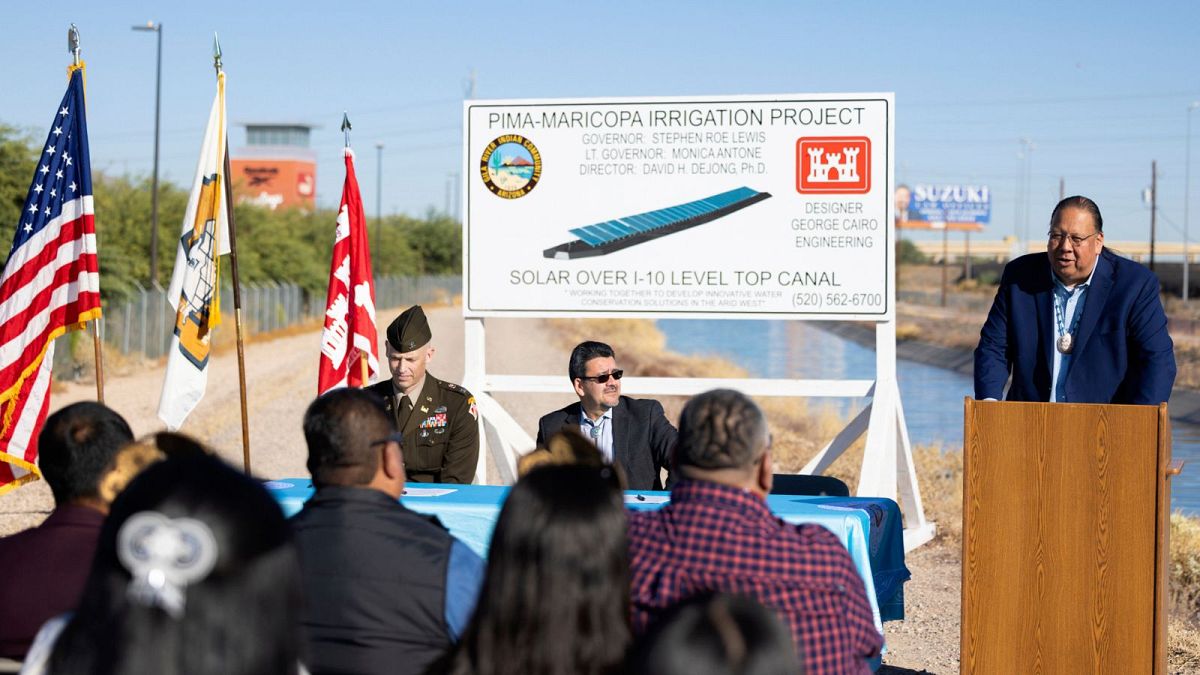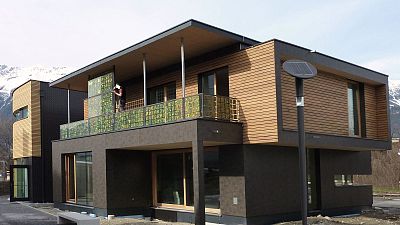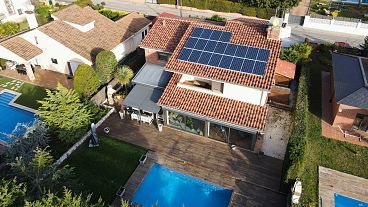Solar-covered canals are set to generate renewable energy and save water in this notoriously dry area.
The first solar-covered canal in America is set to be completed within a couple of years.
Arizona is getting the pioneering renewable project after a historic agreement between leaders of the Gila River Indian Community and the US Army Corps of Engineers earlier this month.
The panels will supply clean energy while also helping to reduce water evaporation in the arid state, which is currently experiencing drought conditions.
"This is the type of creative thinking that can help move all of us toward a more sustainable future,” said Tom Buschatzke, director of the Arizona Department of Water Resources (ADWR).
“Leveraging existing infrastructure such as the Level Top Canal to help provide sustainable, dependable energy - and to do so as part of cooperative partnership like this one - constitutes a win all around.”
Is the Arizona solar canal project a US first?
The southwestern state of Arizona isn’t the only one eyeing up the solar technology.
A similar project has been in the works in California for years, but is reportedly still in the planning stages. This puts the Arizona project, with its budget of $6.74 million (€6,165 million), on the verge of being a US-first.
It takes inspiration from the Canal Solar Power Project in Gujarat, India, which launched in 2012. This was an early example of solar over canal success, though SunEdison, the company overseeing the project, filed for bankruptcy in 2016, their ambitions not fully realised.
If rolled out effectively, experts say there is huge potential for both energy and water saving.
Writing about the California plans in The Conversation, engineering Professor Roger Bales, estimated that, "Covering all 4,000 miles [6,437 kilometres] of California’s canals with solar panels would save more than 65 billion gallons of water annually by reducing evaporation."
How will the Arizona solar canal technology work?
Solar photovoltaic shades will first be installed along a 305 metre stretch of the 1-10 Level Top canal.
Facing upwards, they catch the abundant sunlight in Arizona while acting as a barrier to limit the amount of water evaporating in the desert heat.
The water below the panels also helps to cool the panels down, and so keep them operating at a more efficient temperature.
Phase one of the project is expected to produce around 1 MW of renewable energy which will benefit the tribal farmers.
What does the US army and tribal deal involve?
Gila River Indian Community (GRIC) Governor Stephen Roe Lewis sat under the Arizona sun to sign the deal with the US Army Corps of Engineers on 9 November.
The ‘Project Partnership Agreement’ (PPA) he signed is a legally binding agreement between the federal government and a non-Federal sponsor - here a Native American Tribe. PPAs typically involve the construction of a water resources project, and they lay out the shared responsibilities of the parties regarding costs and workload.
An advocate for renewable and green technologies, Governor Lewis oversees the implementation of the Community’s Water Settlement of 2004 (at that time the largest water settlement of its kind in US history).
The GRIC people trace their history to circa 300 BC, when the Huhugam people constructed some 500 miles of large canals from the Gila River to water their farmland.



